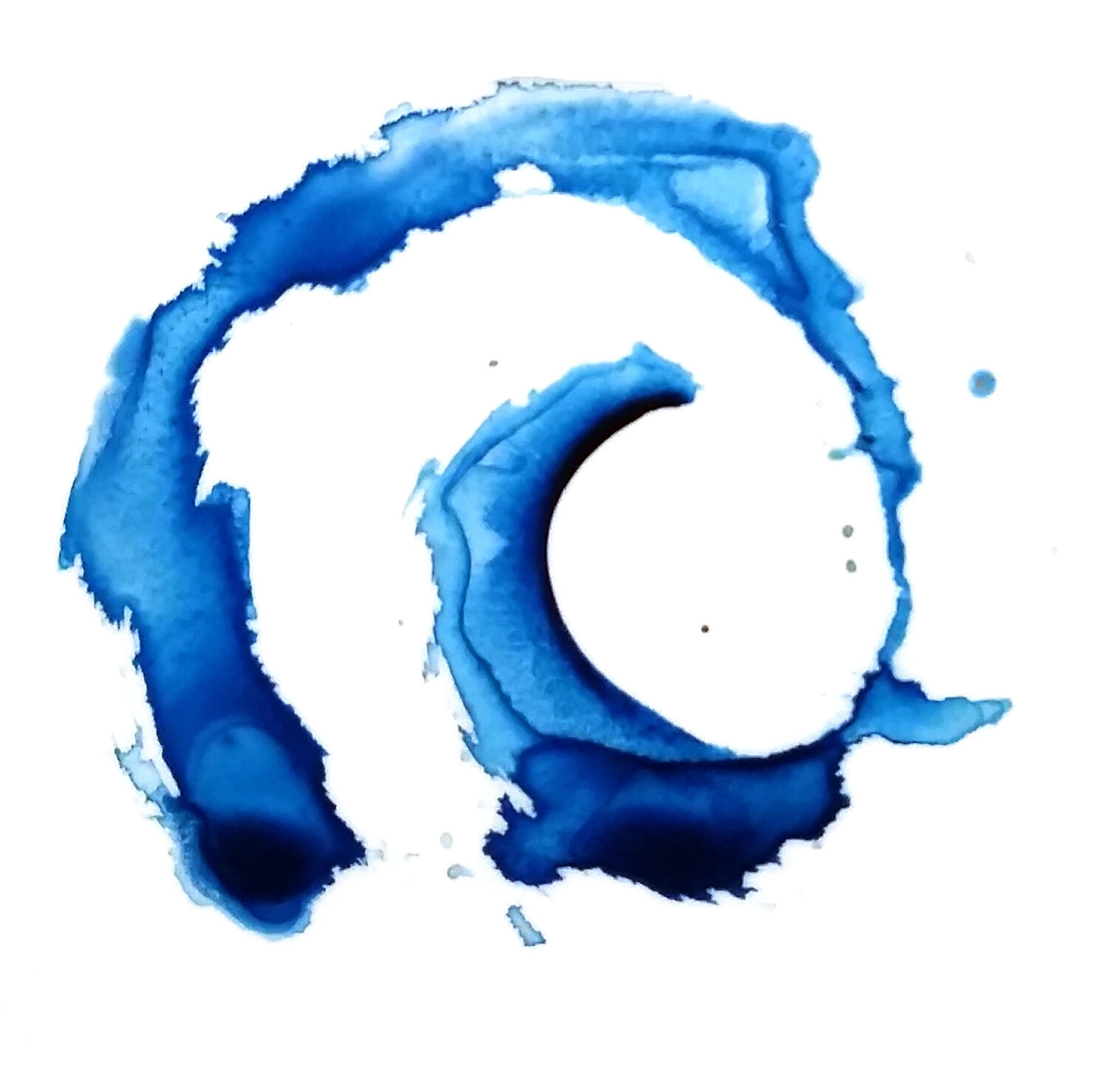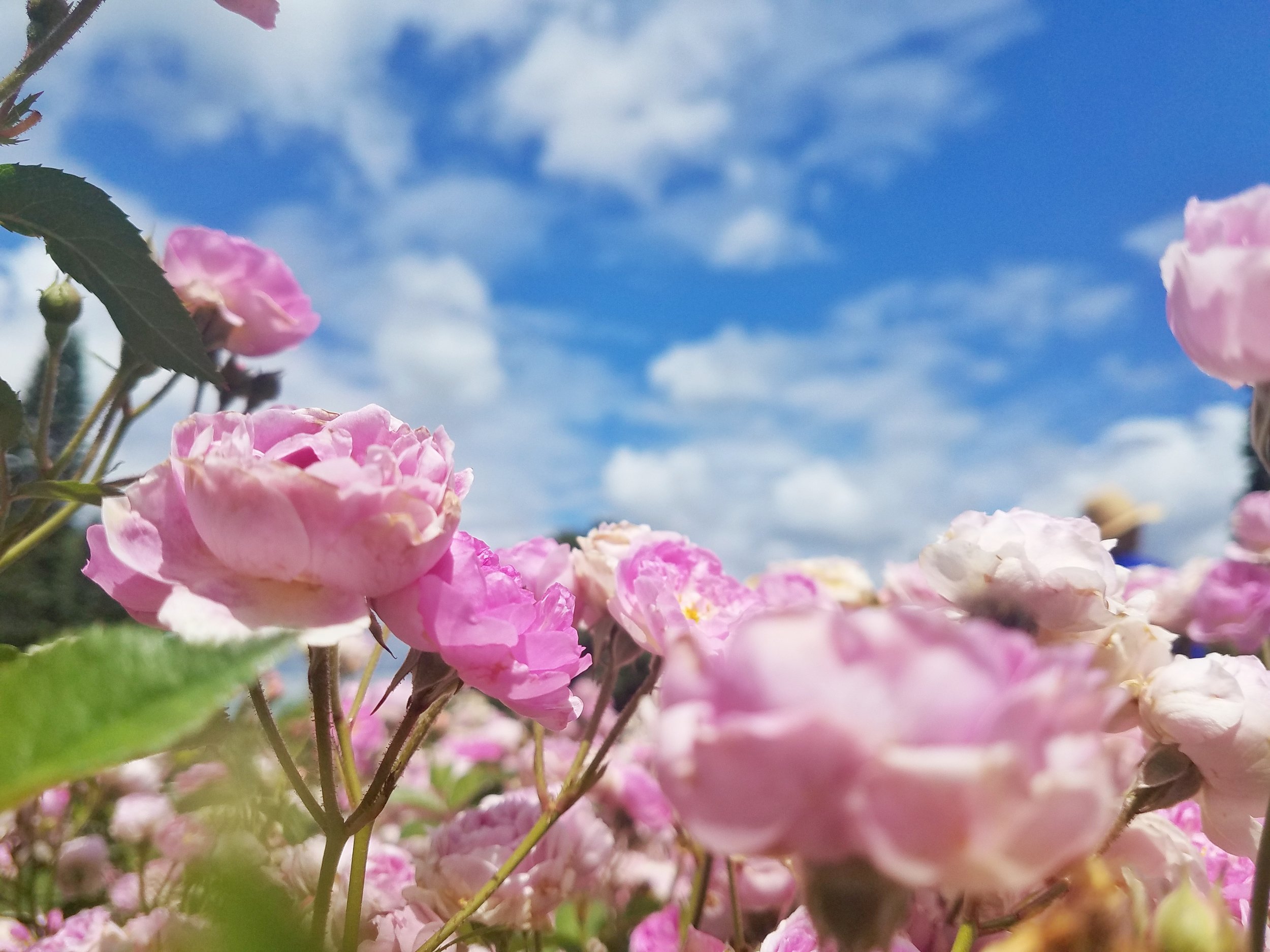Building intuitive skills is a lot easier than people think. The key is to identify your own natural gifts and talents and expand your intuition in a way that innately works for you. The simplest way I have found is to understand your learning style.
To begin, let’s identify some of the major learning styles:
Visual: Visual learners absorb information through sight. They are the ones found doodling in notebooks during class time or at meetings. They’re often copious note takers and may draw diagrams or visual representations of complex information. They can “see” patterns in their mind’s eye. When traveling, they orient their position by mapping it in their mind or by picking out features in their surroundings. Often these folks have jobs as designers, visual artists, or stylists. In their freetime, they may take joy in beautifying their home, painting and drawing, or experimenting with hairstyles and fashion.
Visual learners are sensitive to the visual cues surrounding them. Being in beautiful spaces, such as museums or gardens, can be a source of great joy and inspiration. Often, the way they dress, hairstyle, or accessories are an expression of how they are feeling. Getting ready in the morning can be a ritual in self-love, and feeling better can mean getting a haircut and putting on a shirt in their favorite color.
Auditory: Auditory learners absorb information through sound vibration. They are often found hanging on every word of a teacher or boss. They can recite song lyrics or movie quotes verbatim. Music can be used to shift their mood instantaneously and vocal exercises are a form of healing expression. Often these folks are speakers, presenters, musicians, and singers. In their free-time, they enjoy listening to podcasts and music, or playing with song lyrics and poetry.
Auditory learners are sensitive to sound vibration. It’s not just what is being said, but the way it is being said that matters. Innately, they can sense the vibrational frequency of sounds and the feeling behind them. They might sing in the shower, audibly record their thoughts, or talk to themselves aloud. These folks are sensitive to language, noise, and the way they are spoken to.
Kinesthetic: Kinesthetic learners absorb information through the bodily sensation. They are often found tapping a pen or bouncing a foot in the classroom or at a meeting. They may want to sit in the same chair for the test as they do for the lesson. They might remember where a teacher was standing as an anchor to particular bits of information. These folks absorb information through the act of doing. Often these are the folks that work with their hands, as crafters and makers. In their free-time they may do martial arts, yoga, and dance. Body movement is cathartic, a form of expression and release, and also a way of connecting with their own feelings or even learning about life’s greater lessons.
Kinesthetic learners are sensitive to their environment and their own body. They are careful to choose clothing with fabrics that help them to feel comfortable. The arrangement of furniture in the home, or Feng Shui, can elevate happiness. Exercise and active meditation are ritualistic forms of self-love.
Some folks have other styles of learning and sensitivity, such as olfactory (smell) and cognitive (knowing). While these are also exceptional forms of gathering information, for greater simplicity, I will focus on the predominating 3 (visual, auditory, kinesthetic).
FOCUS ON YOUR AREA OF STRENGTH
Perhaps you can identify yourself in one, two, or all three learning styles. Often, we have one predominating style and a secondary. What I have found in my own process of building intuition, is the more we exercise our predominating style of gaining information the greater “spill over.” Essentially, what I mean by that is when we focus on the area of our greatest strength, our ability to gather information using our other non-dominant faculties also increases.
Simply identify your predominating style and start there.
LEARNING STYLES AS THEY RELATE TO INTUITION
Let’s go deeper, shall we?
When working with my clients in an emotional healing session, predominating styles of intuition are easy to identify. In working with my clients, and in my own journey, patterns have arisen in that may be helpful in your own identification and cultivation of intuitive faculties. Here is a short list of intuitive faculties common to each learning style, patterns of imbalance, and modalities for care and attunement of your intuitive style.
Visual:
Intuitive faculties:
Seeing auras or chakras.
An ability to envision solutions or a pathway forward.
Seeing the best in others or in situations.
Futurecasting.
These folks may be visionaries and seers. They have a gift for recognizing opportunities, potentials, and outcomes before they become manifest. They see signs and symbols all around them - in nature, their dreams, or as visual flashes in the screen of the mind.
Patterns of imbalance:
Focusing on negative outcomes or worst case scenarios.
Exhaustion or tension behind the eyes, often related to the need to know or see everything before it happens.
Lack of presence or grounding, often related to projecting energy / focus too far into the future.
Care and attunement of visual intuition (clairvoyance):
Vision boarding.
Visioning exercises - visually playing out the outcome you want to experience.
Beautifying your home environment, office, or bedroom.
Visiting visually-stimulating places.
Taking pictures, painting, creating art.
Doing something for yourself that helps you to look and feel beautiful.
Auditory:
Intuitive faculties:
Hearing spiritual or higher guidance.
Heightened or empathic listening, the ability to “hear” what is said beyond the words being spoken.
Keen attunement to noise or sound beyond average perception.
Ability to heal, affirm, and inspire others through words or music.
These folks may be orators and musicians, and/or have an ability to acutely hear a broader spectrum of sound. A bird call, siren, or certain song on the radio can hold significant meaning for these intuitive types.
Patterns of imbalance:
Use of low-vibrational language that is sarcastic, critical, judgmental or manipulative.
Poor inner dialogue, harsh criticism of self.
Ringing ears as a result of not wanting to hear the truth.
Gossip, verbal diarrhea, repeating of old stories and non-truths, or outmoded ways of being.
Care and attunement of visual intuition (clairaudience):
Sound baths.
Affirmations, spoken aloud.
Listening to music or podcast that uplift and inspire.
Listening or telling of stories.
Rhythmic meditations, such as drumming or chanting.
Kinesthetic:
Intuitive faculties:
Empathic feeling / sensing of other people's’ emotions.
Feeling the energy in a room of environment.
Body energetic healing of themselves or others.
Goosebumps or other sensory indicators.
These folks may be massage therapists, Qigong masters, martial artists, or yogis. The are adept at gaining information or healing others through body movement. They can often feel depleted or energized by the environmental or energetic vibrations of those around them.
Patterns of imbalance:
Exhaustion or depletion due to lack of energetic boundaries.
The need to take energy from others due to lack of energetic boundaries.
Hypochondria or obsession over the inner functions or reactions of the body.
Rashes, toxic sensitivity, injury, and digestive issues.
Care and attunement of visual intuition (clairsentience):
Epsom salt baths.
Smudging with sage and other forms of space or personal energy clearing.
Movement exercises such as Tai Chi or Qigong.
Energy movement practices such as hands on healing, massage, or reiki.
Shared space in places of high vibration (sacred sites, temples, nature).
Shares space with those that carry high vibration (healers, teachers, senseis, sages).
Intuitive Empowerment:







